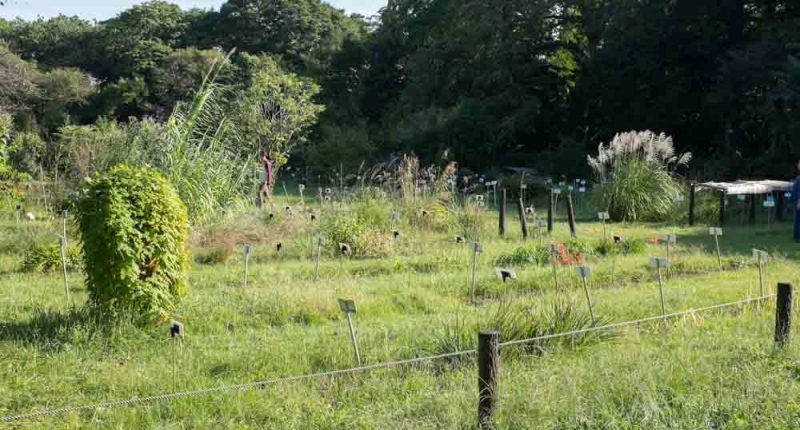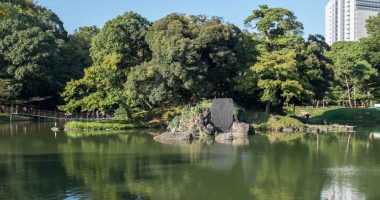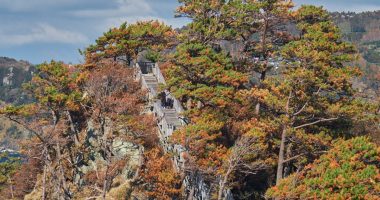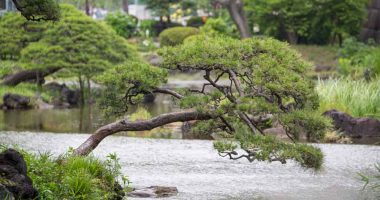Operated by Tokyo University, Koishikawa Botanical Gardens are really for the avid horticulturalist: over 4,000 species of plant from all over the world, especially Eastern Asia. The gardens date back to 1684 when a medicinal herb garden was established on the land and are still kept in order to further research in plant sciences.
With the exception of the landscaped Japanese garden at the far end, Koishikawa Botantical Gardens is not the most picturesque of Tokyo’s gardens, nor the most accessible; however, it doesn’t get as crowded as some other parks and gardens and is therefore popular when the cherry blossoms or the autumn colours arrive.
Not to be confused with the similar sounding Koishikawa Korakuen which is situated a few kilometres away near Tokyo Dome.





